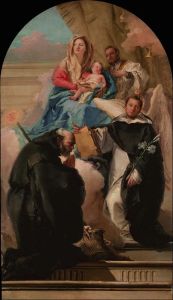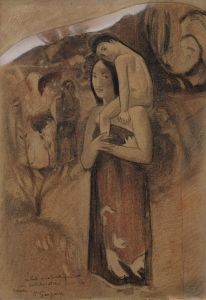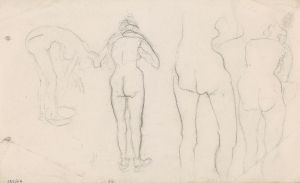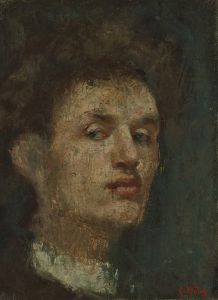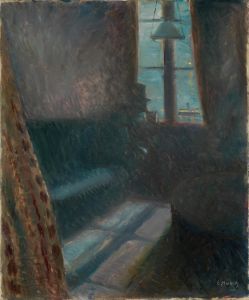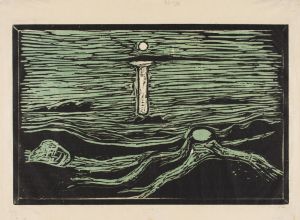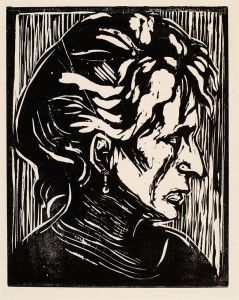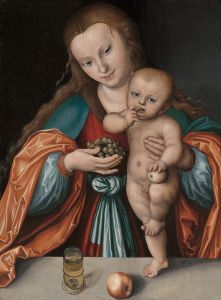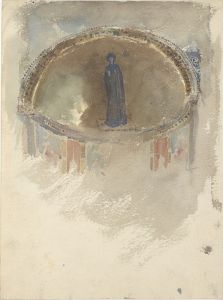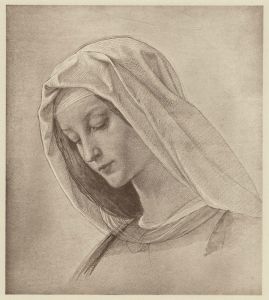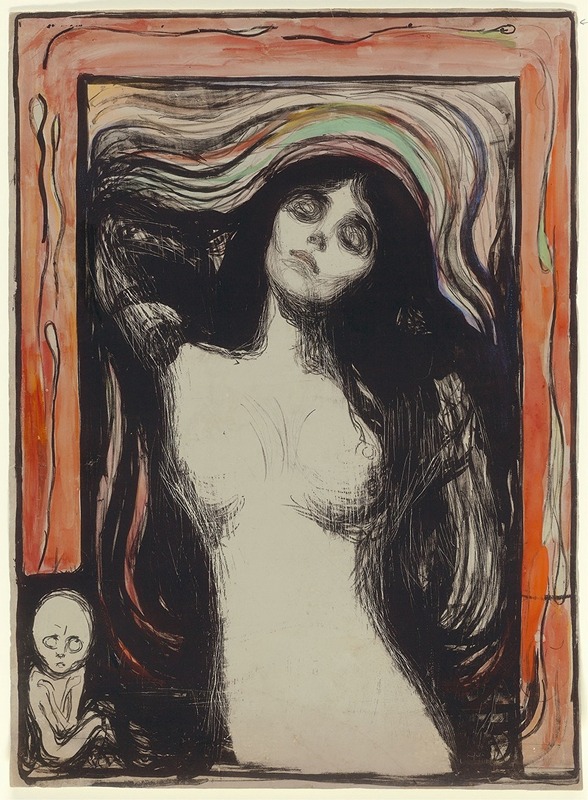
Madonna
A hand-painted replica of Edvard Munch’s masterpiece Madonna, meticulously crafted by professional artists to capture the true essence of the original. Each piece is created with museum-quality canvas and rare mineral pigments, carefully painted by experienced artists with delicate brushstrokes and rich, layered colors to perfectly recreate the texture of the original artwork. Unlike machine-printed reproductions, this hand-painted version brings the painting to life, infused with the artist’s emotions and skill in every stroke. Whether for personal collection or home decoration, it instantly elevates the artistic atmosphere of any space.
"Madonna" is a famous painting created by the Norwegian artist Edvard Munch between 1894 and 1895. The artwork is part of Munch's series called "The Frieze of Life," which explores themes such as love, anxiety, and death. "Madonna" is known for its striking and somewhat controversial depiction of a woman in a state of ecstasy, often interpreted as a representation of both sensuality and spirituality.
The painting portrays a half-naked woman with her eyes closed, head tilted back, and arms raised behind her head, suggesting a moment of transcendence or rapture. Her long, flowing hair frames her face and body, adding to the ethereal quality of the image. The background is a swirling, almost hypnotic pattern of colors, which enhances the dreamlike atmosphere of the piece.
One of the most distinctive features of "Madonna" is its frame, which Munch designed himself. The frame includes a border of sperm cells and a fetus in the lower left corner, further emphasizing the themes of life, creation, and fertility. This addition has contributed to the painting's notoriety and has sparked various interpretations regarding its meaning.
"Madonna" exists in several versions, including lithographs and painted variations. The lithographic versions, produced by Munch, often include a border similar to the painted version, with the same symbolic elements. These lithographs have been widely reproduced and are considered significant works in their own right.
Edvard Munch was a central figure in the Symbolist movement and later became associated with Expressionism. His work often delved into psychological themes and personal experiences, reflecting his own struggles with mental health and the influence of his tragic family history. "Madonna" is a prime example of how Munch's art combines personal emotion with broader existential themes.
The painting has been exhibited in various museums and galleries around the world, including the Munch Museum in Oslo, Norway, which houses many of Munch's works. "Madonna" continues to be a subject of scholarly interest and public fascination, both for its artistic qualities and its provocative content.
In summary, Edvard Munch's "Madonna" is a significant work of art that captures the complex interplay of sensuality, spirituality, and existential reflection. Its unique composition, symbolic framing, and emotional depth make it a standout piece in Munch's oeuvre and in the broader context of modern art.






